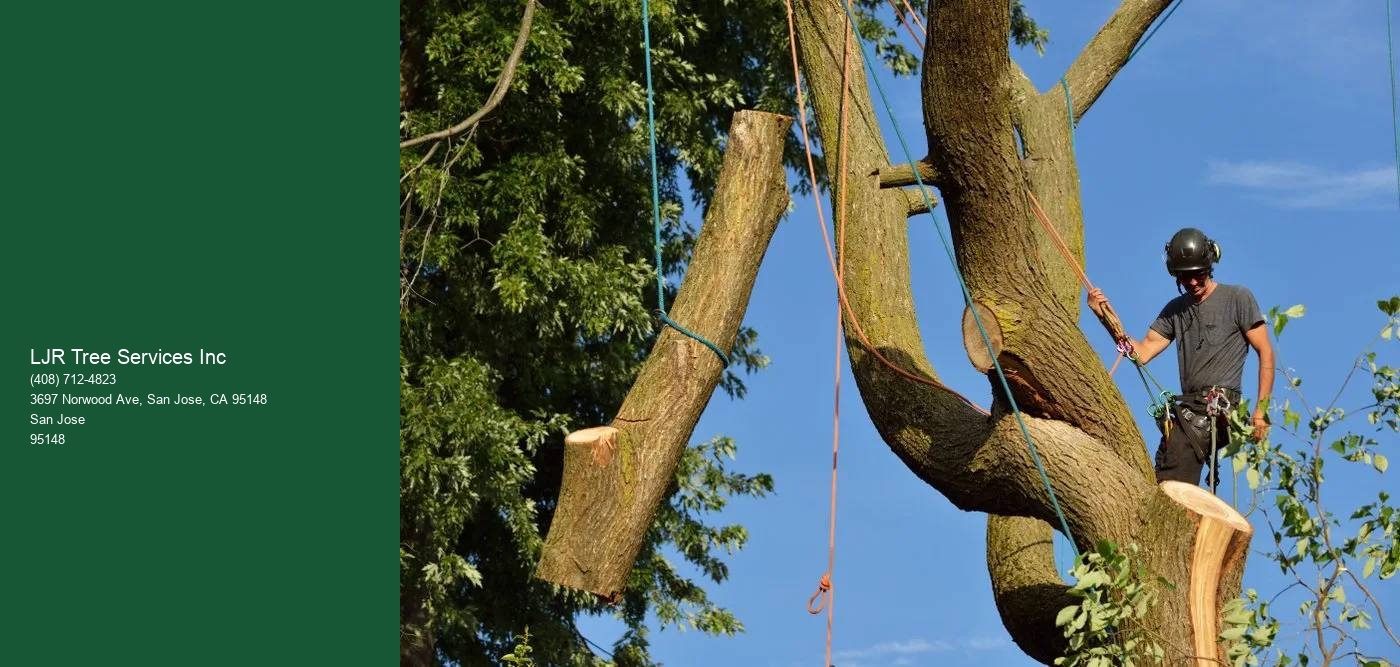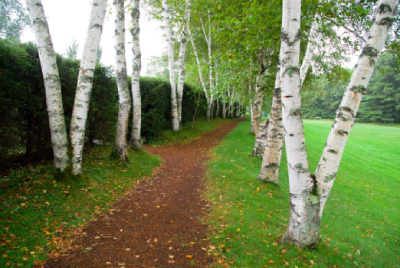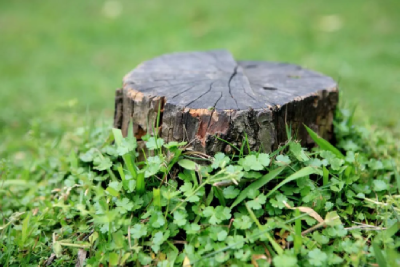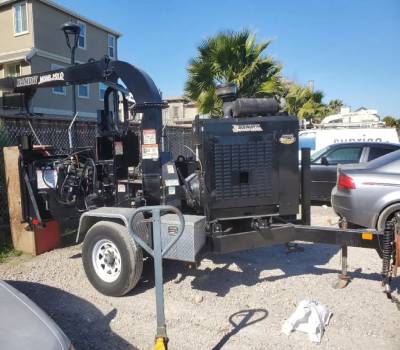

The Pitfalls of Non-Certified Arborists: While non-certified arborists may offer their services at a lower cost, the potential risks and drawbacks are substantial. With certification assurance, subpar tree care is more likely, leading to proper pruning, adequate disease management, and compromised tree stability.
Arborist Certification is a hallmark of quality and expertise in pursuit of optimal tree care. Choosing a certified arborist ensures the health of your trees and the safety and beauty of your outdoor spaces. As stewards of the environment, certified arborists embody a commitment to the well-being of trees, leaving a lasting impact on landscapes and communities.
Tree Risk Assessment: With their majestic presence, trees add unparalleled beauty and ecological value to our surroundings. However, beneath the leafy canopies lie potential hazards that, if left unaddressed, can pose risks to property and human safety. Enter the realm of Tree Risk Assessment – a critical facet of arboriculture that unravels potential dangers and safeguards both trees and the spaces they inhabit.
The Role of Certified Arborists: Expertise in Risk Identification: Certified arborists are trained to identify subtle signs of risk that untrained eyes might overlook. From weakened limbs to root decay, their expertise allows for a thorough evaluation, providing a clear picture of potential dangers.
Utilization of Specialized Tools: Arborists employ advanced tools and technologies to assess tree stability accurately. Resistograph drills, sonic tomography, and other specialized equipment aid in measuring internal decay and assessing the tree's structural integrity.: Risks Associated with Non-Certified Arborists
Incomplete Assessment: Non-certified arborists may need more comprehensive knowledge for a thorough risk assessment. This can lead to oversights, with potential hazards remaining undetected.
Inadequate Safety Measures: With the expertise of a certified arborist, safety measures implemented based on complete risk assessments may stay on track. This could result in unforeseen accidents or property damage.
In the intricate tapestry of tree care, Tree Risk Assessment emerges as a crucial thread, weaving together the safety and well-being of trees and their surroundings. With their specialized training and commitment to industry standards, certified arborists stand as guardians against potential risks, ensuring that our arboreal companions continue to grace us with their beauty and benefits without compromising safety.
Tree Health Consultation: Like any living organism, trees are susceptible to diseases, pests, and environmental stressors. Tree health is not merely about aesthetics; it directly impacts the ecosystem, air quality, and the overall well-being of our surroundings. Recognizing the signs of distress early on can prevent irreversible damage and maintain the vitality of these silent guardians.


The Role of Certified Arborists in Tree Health Consultation: - Armed with deep knowledge and experience, certified arborists are the architects of tree health consultation. Their expertise extends beyond the visible branches to the intricate world of root systems, soil composition, and environmental factors influencing tree well-being. Here's how they contribute:
Diagnosis and Treatment of Diseases: Certified arborists can identify and address diseases that may plague trees. Their understanding of pathology allows for targeted treatments, ensuring the most effective and environmentally friendly solutions.
Pest Management: Insects can wreak havoc on trees, impacting their growth and stability. Arborists skilled in tree health consultation can devise integrated pest management plans, minimizing the use of harmful chemicals while protecting the trees.
Soil Analysis and Nutrient Management: Healthy trees start with healthy soil. Certified arborists analyze soil composition, identifying nutrient deficiencies and recommending appropriate measures to optimize the soil conditions for robust tree growth.
The Perils of Neglecting Tree Health: Neglecting the health of your trees can have far-reaching consequences. Beyond the potential loss of a visually appealing landscape, compromised trees pose risks to property and safety. Unhealthy trees are more susceptible to breakage, uprooting, and the spread of diseases to nearby vegetation.
The Consultation Process: A typical tree health consultation involves thoroughly inspecting the tree, from its crown to its roots. Arborists craft a personalized care plan to assess signs of stress, decay, or infestation. This plan may include pruning, fertilization, pest control, or other interventions to restore and enhance the tree's health.


Tree Health Consultation is not just a service; it's a commitment to the well-being of the green giants that grace our landscapes. Choosing a certified arborist for this task ensures the health of individual trees and contributes to the overall vitality of our shared environment. As we embark on a sustainable living journey, let us recognize the significance of nurturing and preserving these silent guardians—our trees.
Tree Preservation Planning - In the hustle and bustle of urban life, the towering trees that grace our landscapes often go unnoticed. However, these green giants are not merely silent spectators; they are vital contributors to our well-being and the health of our environment. To ensure their longevity and the benefits they provide, a strategic approach is imperative – enter Tree Preservation Planning.
Certified Arborists and Their Role: Certified arborists are at the heart of effective Tree Preservation Planning, the custodians of tree health and vitality. Their expertise goes beyond routine care; they employ strategic pruning techniques, assess soil conditions, and create personalized disease prevention and management plans. Certified arborists bring a level of precision and knowledge crucial for any preservation initiative's success.
The Planning Process: Site Assessment: Certified arborists conduct a thorough evaluation of the site, considering factors such as soil composition, tree species, and overall health. This initial step sets the foundation for a tailored preservation plan.
Risk Analysis: Identifying potential risks to trees, be it from diseases, pests, or structural issues, is a crucial aspect of preservation planning. This involves a meticulous examination of each tree's condition and surroundings.
Strategic Pruning: Proper pruning is an art that certified arborists master. It involves selectively removing branches to enhance a tree's structure, health, and aesthetic appeal. Strategic pruning can mitigate risks and stimulate healthy growth.
